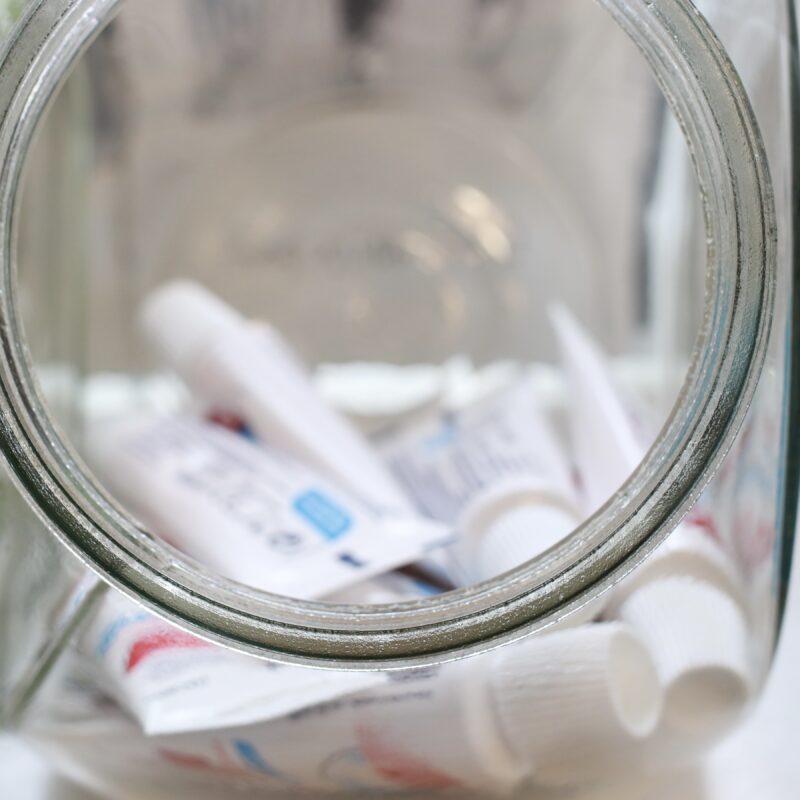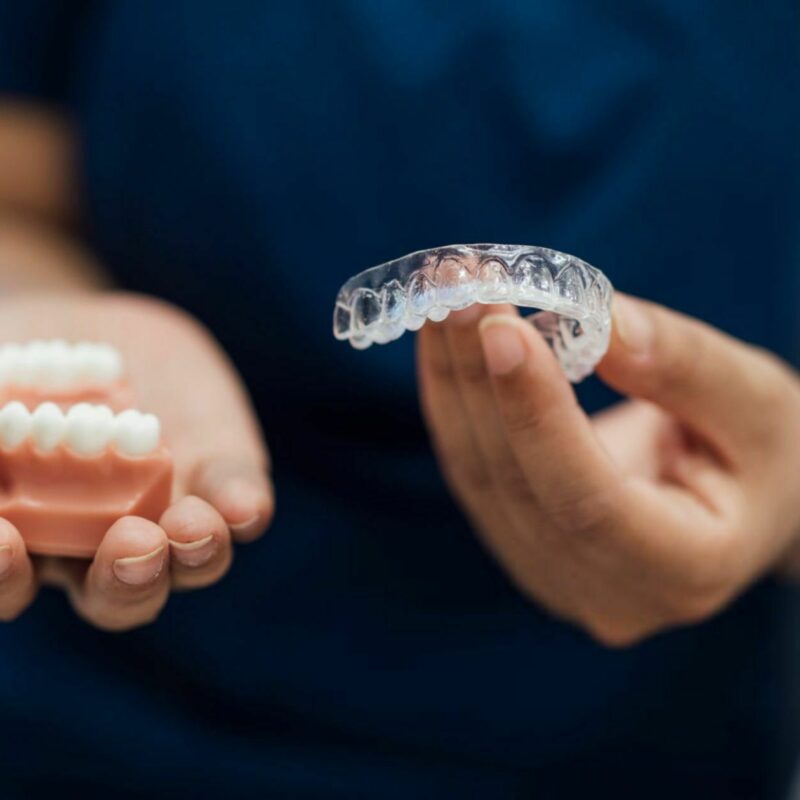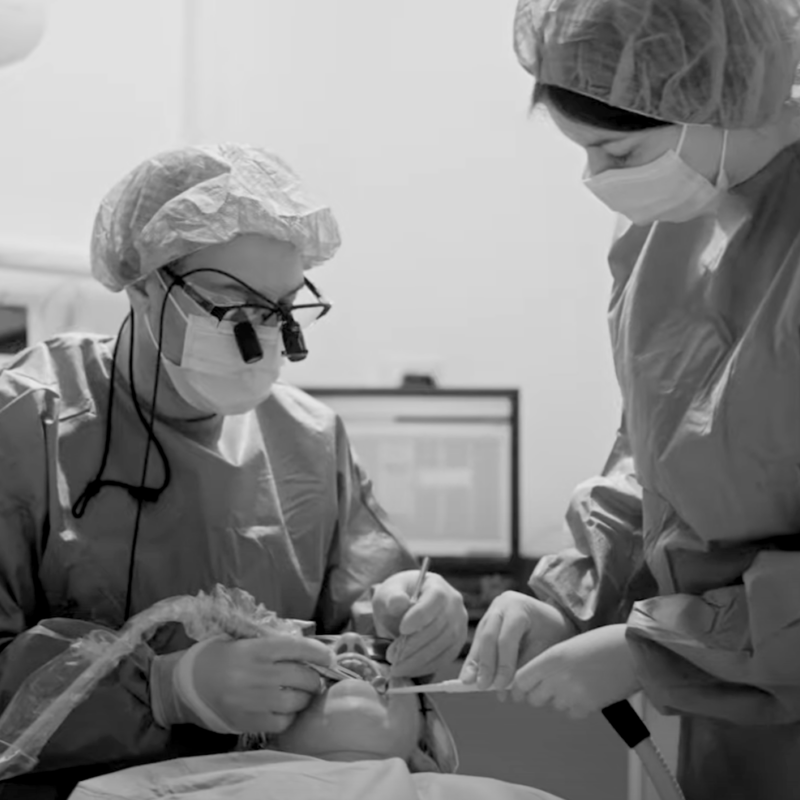Platelet-Rich Fibrin (PRF) is a regenerative treatment developed from established medical and dental techniques. Increasingly applied in aesthetic medicine, PRF supports the skin’s natural repair mechanisms through the gradual release of growth factors. This blog explores the science behind PRF, its clinical applications, and the role it can play in natural facial rejuvenation.
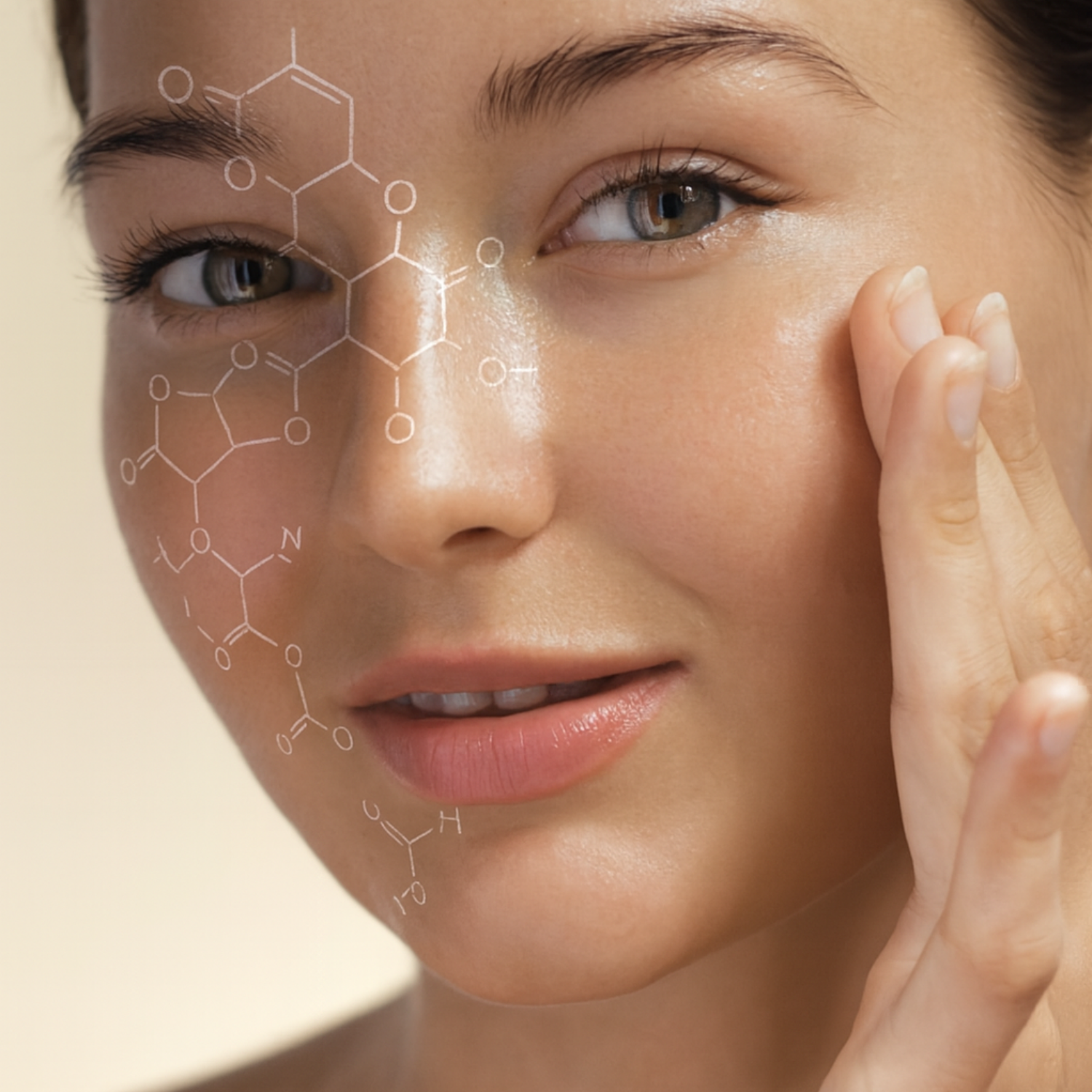
What is a PRF Facial?
PRF is a blood-derived concentrate created using a patient’s own blood sample. It contains platelets, fibrin, and growth factors that contribute to collagen synthesis, tissue repair, and skin remodelling.
PRF belongs to the same family of regenerative treatments as Platelet-Rich Plasma (PRP). However, PRF is prepared using lower centrifugation speeds and does not contain anticoagulants. As a result, it forms a fibrin matrix that gradually releases growth factors over time, which may support more sustained regenerative effects compared with PRP.
Originally used in dentistry and orthopaedics to aid healing, PRF is now increasingly utilised for facial rejuvenation in clinical aesthetic settings.
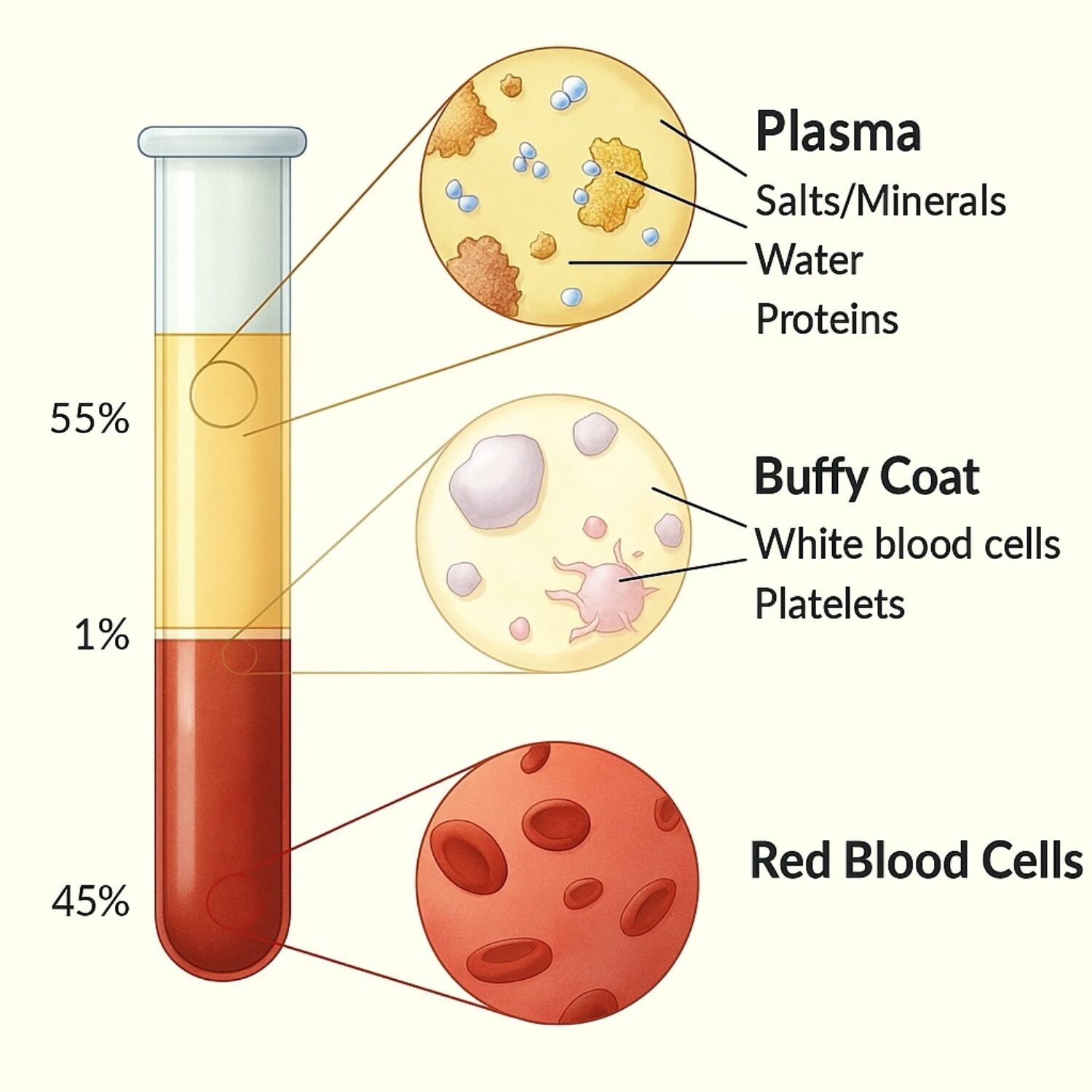
How Does PRF Work?
The process begins with a small blood draw. The sample is spun in a centrifuge at a low speed, which separates:
- Platelets
- Fibrin
- Growth factors
Unlike PRP, PRF does not use anticoagulants, allowing the fibrin matrix to form naturally. This matrix gradually releases growth factors, supporting skin healing and collagen stimulation over time.
Application methods include:
- Microneedling with PRF – applying PRF to microchannels created in the skin
- Targeted injections – introducing PRF into specific areas, such as under the eyes or around folds
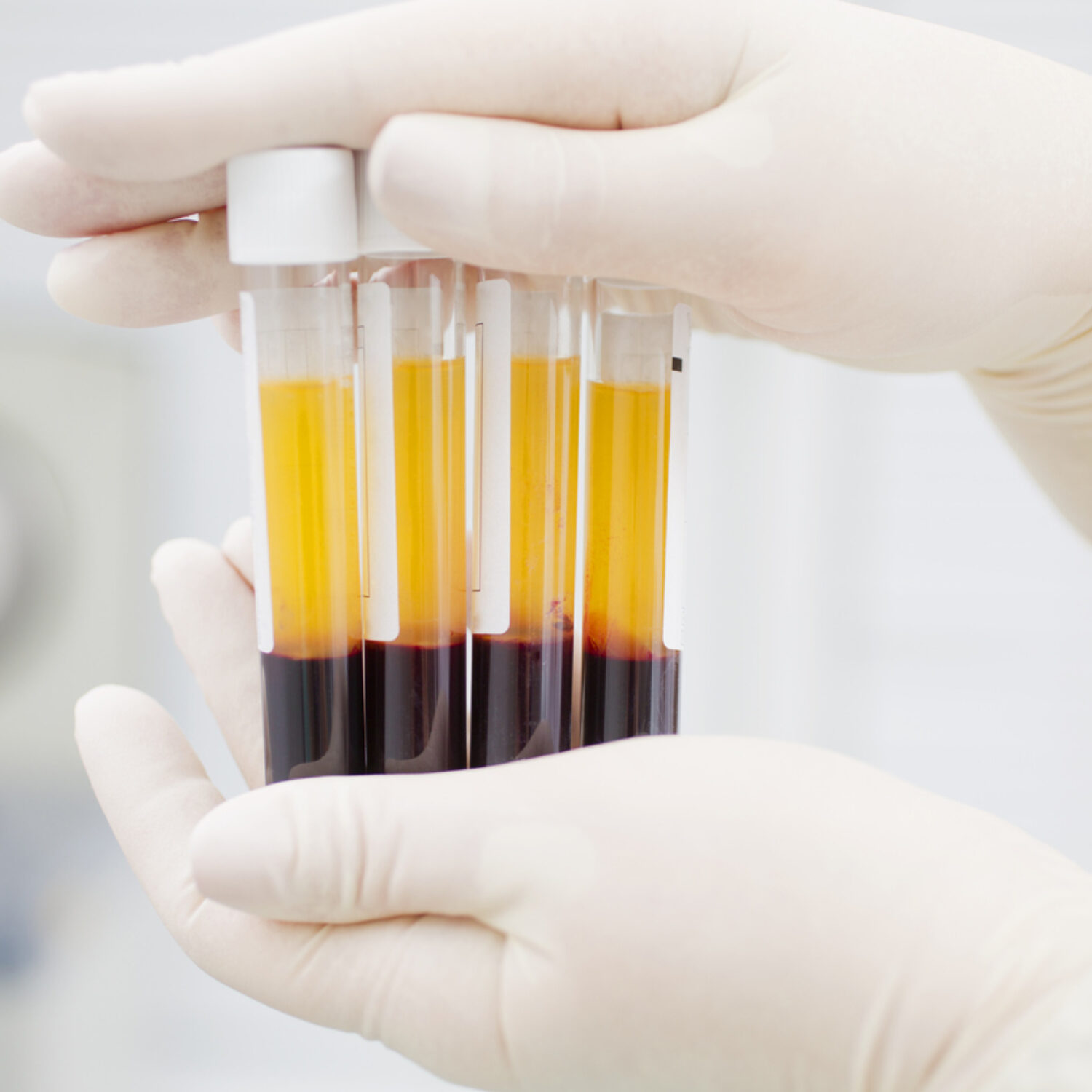
Potential Benefits of PRF in Skin Rejuvenation
Clinical use of PRF has been associated with gradual improvements in skin quality due to enhanced collagen production and tissue regeneration. Reported outcomes may include:
- Softening of fine lines and wrinkles
- Improved firmness and elasticity
- Smoother texture and more even skin tone
- Increased hydration and radiance
- A natural alternative to synthetic fillers
- Minimal downtime compared with surgical interventions
It is important to note that results vary depending on individual factors such as baseline skin condition, age, and treatment frequency.

Common Treatment Areas
PRF is frequently applied to areas where skin is thinner or shows early signs of ageing, as these regions often respond well to collagen stimulation. Typical treatment areas include:
- Under the eyes – to address hollowness and dark circles
- Crow’s feet and forehead – to soften fine lines
- Smile lines – to improve nasolabial folds
- Overall facial skin – to enhance tone and texture
- Neck – to support skin elasticity and smoothness
Why Clinical Settings Are Important
Although PRF is derived from the patient’s own blood, it remains a medical procedure requiring strict handling protocols. Performing PRF treatments in a clinical environment helps to:
- Maintain sterility during blood collection and preparation
- Reduce the risk of contamination
- Ensure accurate application using sterile equipment
- Tailor treatment based on individual anatomy and clinical assessment
These factors are essential for both safety and predictable outcomes.
What to Expect During a PRF Session
A typical PRF facial session follows several structured steps:
- Consultation – A clinical review of medical history, skin concerns, and treatment goals to ensure suitability and develop a tailored plan.
- Blood Draw – A small sample is collected, similar to a routine blood test.
- Centrifuge Preparation – The sample is processed without additives to separate PRF from other blood components.
- Application – PRF is introduced into the skin through microneedling or targeted injections, depending on the areas being treated.
- Recovery – Mild redness or swelling may occur, typically resolving within 24 hours.
Treatment duration usually ranges from 45 to 90 minutes, depending on the number and size of areas treated.
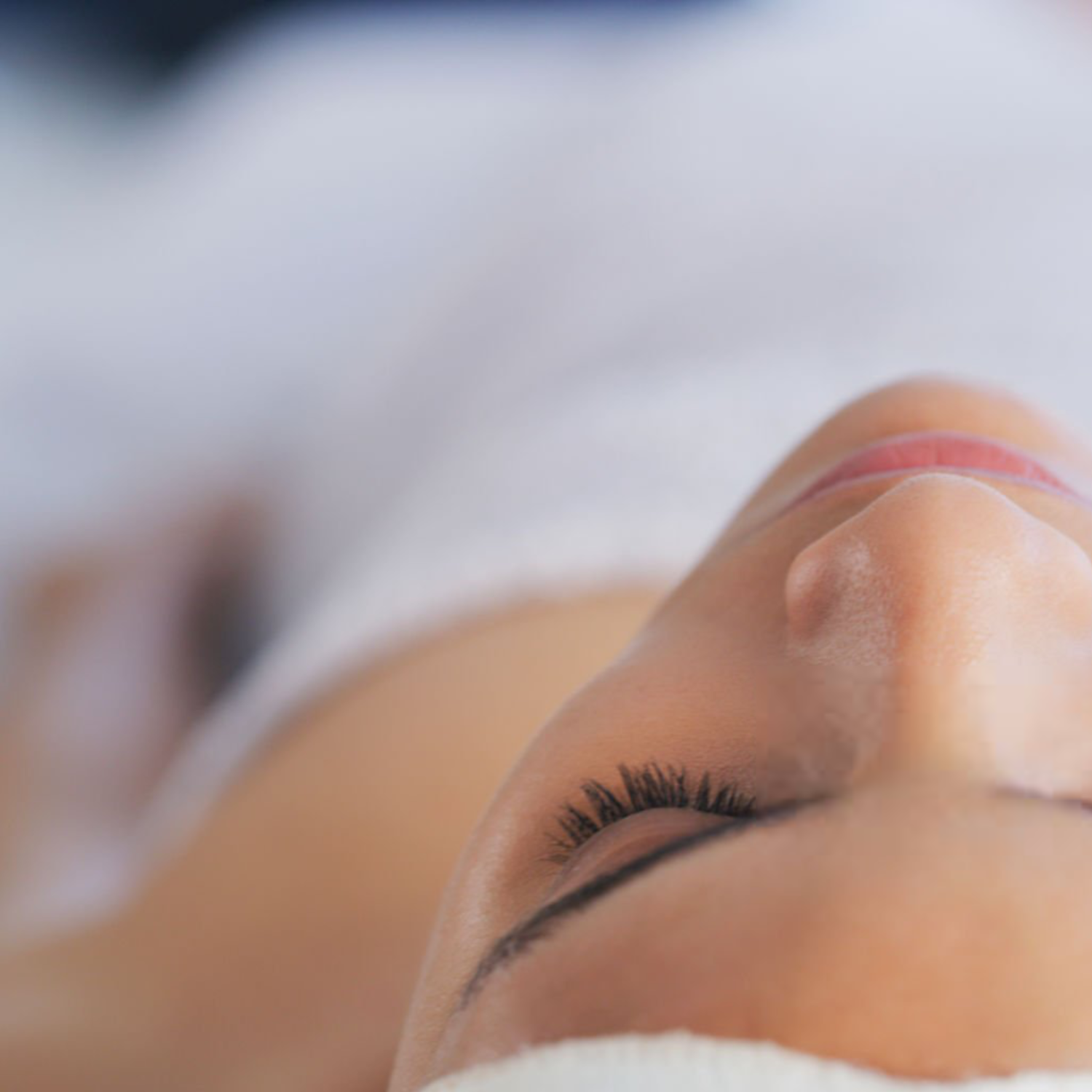
Frequency of PRF Treatments
PRF treatments are usually planned as a structured course to achieve and maintain results:
- Initial course: 2–3 sessions, spaced 4–6 weeks apart.
- Maintenance: Every 6–12 months, tailored to the individual’s skin condition and response.
These intervals may vary based on clinical assessment and personal treatment goals.
Aftercare and Skin Maintenance
Appropriate aftercare supports healing and helps sustain the regenerative benefits of PRF. Common recommendations include:
- Daily application of a high-SPF sunscreen to protect regenerating skin.
- Use of hydrating products such as hyaluronic acid to maintain moisture balance.
- Incorporation of antioxidant or peptide serums to support collagen synthesis.
- Following a gentle skincare routine, avoiding exfoliants and irritants for several days post-treatment.
- Follow-up sessions as advised to promote ongoing collagen production and maintain results.
Conclusion
PRF represents a natural, evidence-based approach to supporting skin health and rejuvenation. By using the body’s own platelets and growth factors in a controlled clinical environment, it offers a regenerative alternative to synthetic injectables.
As with any medical procedure, consultation with qualified practitioners is essential to assess suitability, discuss realistic expectations, and develop a personalised treatment plan.
More
from the blog
Blog /Advice
Is High-Fluoride Toothpaste Safe?
Benefits, Risks, and How It Protects Against Tooth Decay
Read moreBlog /Advice
Nutritional Effects on Oral Surgery Outcomes
Preparing Your Body for Faster Recovery
Read moreBlog /Advice
Dental Composite Fillings: Process, Benefits & What to Expect
Find out what to expect during a dental composite filling procedure at our Highgate, North London practice
Read more
